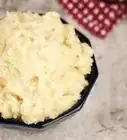X
wikiHow is a “wiki,” similar to Wikipedia, which means that many of our articles are co-written by multiple authors. To create this article, 9 people, some anonymous, worked to edit and improve it over time.
This article has been viewed 53,948 times.
Learn more...
How to troubleshoot things that go wrong when making injera.
Steps
-
1If you cannot find teff (the main ingredient in injera), consider substituting barley or millet.
- If you can't find teff at your grocery store, first see if your city has a Whole Foods or a natural/health food store.
- If even that is not available, then you can easily order teff online.
-
2If you cannot find a sourdough starter, either order one online, or make one yourself. It's really not hard, and any sourdough starter will do for injera.Advertisement
-
3If you don't have a mitad, use a plain old frying pan. But keep in mind, if you are using a pan that has edges that curve upwards, this might make it extra hard to get the injera off the pan. Remedy this by only making smaller, pancake sized injeras on frying pans, so that you have room to easily slip a pancake flipper underneath to get them off the pan.
- If you'd like to buy a mitad, go to Target's webpage and get the Lefse grill. This is the exact grill seen in countless Ethiopian restaurants and videos. It might also be possible to buy a lid for this pan from the manufacturer, but you can make one by simply screwing a wood drawer knob onto a pizza pan. Cheap and it works!
-
4Fix a mess of an injera. If it turns into a gummy blob when you try to take it off the pan, there are a couple things that might have gone wrong.
- First, you might not be cooking the injera well enough. Make sure that the entire injera has darkened and the edges are slightly turning upwards and even a little crisp before you remove the injera. You might think you are overcooking them, but they actually do soften as they cool, so don't worry if your bottoms are a little crisp.
- The second reason for gummy messiness is that your batter might be too watery. Simply add a little more wheat flour, and mix until the batter is smooth and evenly combined.
-
5If the injera rips as you take it off, or wrinkles and turns into a blob of gunky mess, this probably has a lot to do with your still-burgeoning expertise at removing the injera.
- First, make sure you are using tools that will work for this. You need something wide and flat to quickly slip under the injera as you're taking them off. You can use a plastic cutting board or a wooden pizza tray for this, though most of the time, any old plate will do.
- If you are still having problems, the best thing to do is to try making smaller injera until you get more skilled at them. Try making injera just the size of a pancake, so you can easily lift them off with a pancake flipper. You might also have more luck by either getting a proper mitad or using a pancake grill, since these won't have a side on the pan that will get in your way.
-
6If your injera is burned on the bottom, but still gummy on top, this probably means that you have the pan too hot. Turn it down a couple degrees. Keep in mind also, that injera tends to be very gummy while it is still warm. Try letting it cool completely, and see if you like the texture better.
-
7If your injera aren't stretchy or absolutely won't come off the pan in one piece.
- Are you sure you're using the right ingredients? It's very difficult to make injera out of 100% teff. Add equal parts white flour. Also, wholewheat flour will greatly affect the texture of your injera. If made with wholewheat and a little bit of vital wheat gluten, they will not have the same springy, stretchy texture that way.
- Another reason that your injera might be in a death grip with your pan might have to do with the coating on your pan. A teflon pan works great. But keep in mind that you shouldn't be oiling the pan at all. Salt the pan first.
- Injera acts very much like tortillas. If you have a nonstick pan, then nothing else should be necessary.
-
8If your injera has no bubbles, this suggests that kneading the dough affects the bubble content, and the baking powder has a lot to do with it. Try adding a bit of baking powder to your batter and see if that improves things. If not, you might need to try kneading your dough more next time around.
-
9If your injera tastes funny, remember, Injera is just a flat sourdough made out of teff. Just like sourdough, a lot of different factors can affect the taste of your bread. If the injera is not sour enough, then there could be something wrong with your starter. Smell it to see if it has a yeasty smell. If not, you might need to try again. If it does, you can easily make your injera more sour by giving your sourdough fewer regular feedings and increasing the amount of starter that you add to your recipe. Also, try putting a little less water in your starter during feedings, since this is generally known to result in a more sour sourdough. Finally, you can leave the injera batter out longer, to increase the sour taste.
- If your injera has an odd taste, this also might be attributable to your starter. A super acidic starter might need to be kept at a colder temperature, and a starter containing yogurt might need to be kept a little warmer. Smell your starter, and start to teach yourself what it is supposed to smell like.
- If the injera just tastes too sour overall, the best thing to do is to put less starter into your batter to begin with or to not let the batter sit out as long.
-
10If your injera has deep grooves, tears, or cracks in it, this might be because you're using a wholewheat flour. Also, deep grooves can be the result of not properly covering the injera while it cooks. Try using a cover, and notice the difference in the surface texture. Finally, it could be that your batter is too thick or that you are pouring too much of it into the pan. Water it down a little or try using less, and see if this doesn't give a better texture.
-
11If your injera is a complete disaster, turn it into something else and hide it. Why do you think timatim fitfit was invented? Just tear it into little pieces, and add some tomatoes, maybe some avocado, vinegar, salt, pepper, and oil. That's a little too delicious to be a complete disaster, wouldn't you say?
- It's too bad this is a cuisine that we don't have a lot of access to. Making injera is not any harder than making bread or crepes, but more people make those, so we have more access to information and help. You'll get it in time though, and once you do, you'll be so happy you persevered! So put it away for a couple weeks, and try starting over from scratch the next time around. There is probably something you just missed in the steps or didn't think about the first time around, and when you start over, you'll figure out what it was that you did wrong. You will get it right eventually, and you'll probably learn a lot in the process. Once you've mastered injera, you can cook anything!
Advertisement
Community Q&A
-
QuestionI ground teff and added one third organic white flour and the first batch tastes very bitter. How do I fix this?
 Tamanna AzmiCommunity AnswerAdd curd to the white flour to make it tasty and to avoid its bitterness.
Tamanna AzmiCommunity AnswerAdd curd to the white flour to make it tasty and to avoid its bitterness.
Advertisement
About This Article
Advertisement

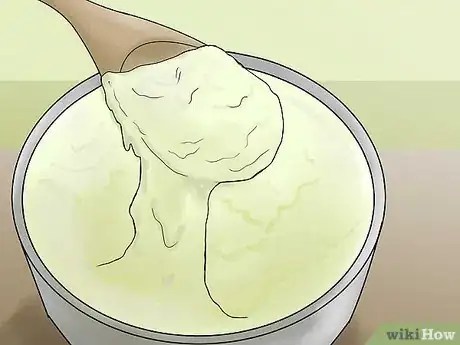
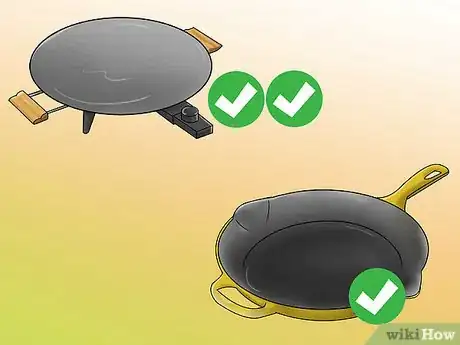
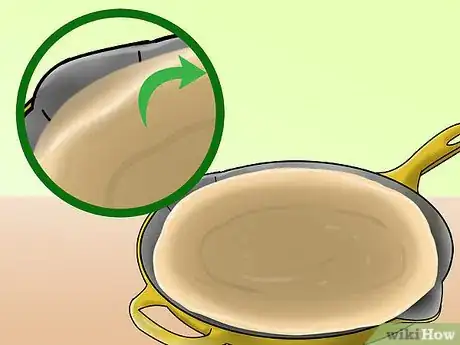
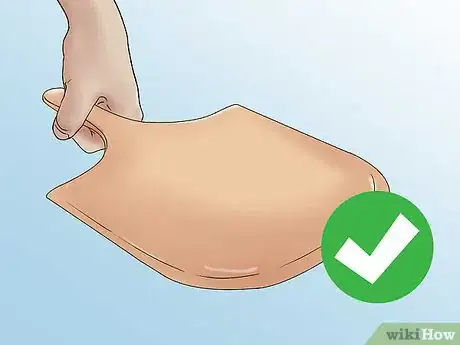

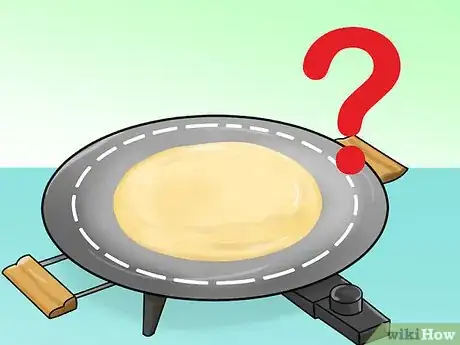
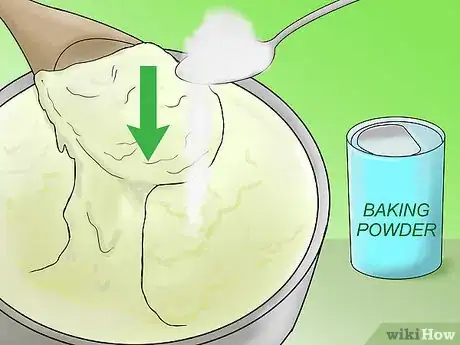
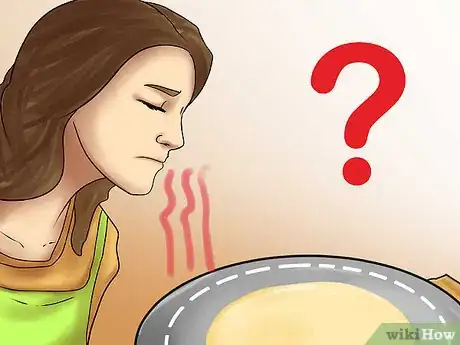

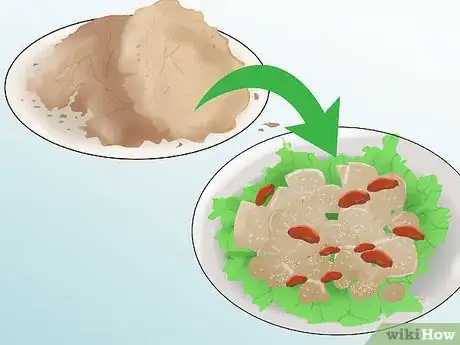
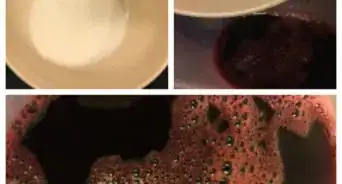
-Final.webp)

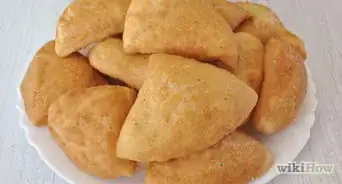
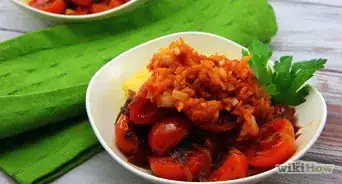
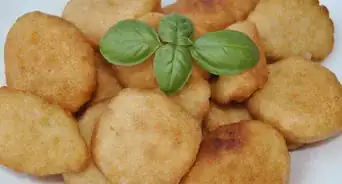
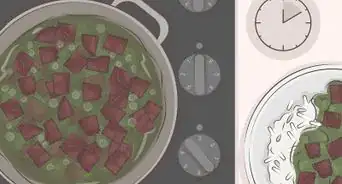
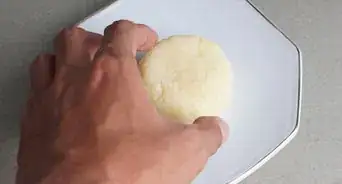
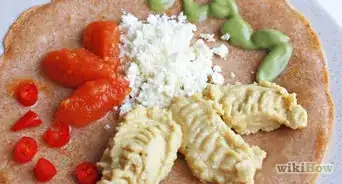






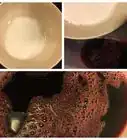
-Final.webp)

